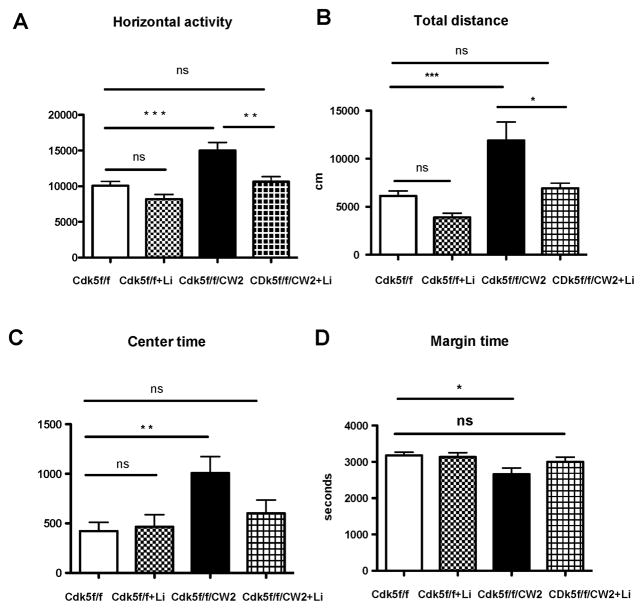Figure 6. Rescue of hyperactivity in Cdk5f/f/CW2 animals by lithium administration.
(A) Lithium chloride administration prior to the open field test is able to restore the elevated horizontal activity displayed by the Cdk5f/f/CW2 animals to control Cdk5f/f levels (Cdk5f/f, 10068 ± 611.8; Cdk5f/f + LiCl, 8196 ± 642.9; Cdk5f/f/CW2, 14996 ± 1122.5; Cdk5f/f/CW2 + LiCl, 10639 ± 698.8).
(B) Lithium administration is able to reduce the total distance traveled by the Cdk5f/f/CW2 animals to control Cdk5f/f littermates, whereas lithium treatment did not significantly alter the activity of Cdk5f/f animals (Cdk5f/f, 6135 ± 438.8; Cdk5f/f + LiCl, 3888 ± 438.7; Cdk5f/f/CW2, 11912 ± 1923.8; Cdk5f/f/CW2 + LiCl, 6935 ± 527.2).
(C) While the Cdk5f/f/CW2 animals spent more time in the center of the open field arena before treatment, lithium administration decreased the amount of time Cdk5f/f/CW2 animals spent in the center back to control Cdk5f/f levels (Cdk5f/f, 422 ± 88.8; Cdk5f/f + LiCl, 466 ± 121.6; Cdk5f/f/CW2, 1007 ± 166.5; Cdk5f/f/CW2 + LiCl, 601 ± 166.5).
(D) Conversely, while Cdk5f/f/CW2 animals initially sent less time in the margin of the open field arena before treatment, lithium administration ameliorated this effect and restored time spent in the margin to control Cdk5f/f levels (Cdk5f/f, 3178 ± 88.8; Cdk5f/f + LiCl, 3134 ± 121.6; Cdk5f/f/CW2, 2662 ± 169; Cdk5f/f/CW2 + LiCl, 2999 ± 133.3). Importantly, lithium treatment on control Cdk5f/f littermates did not significantly impact their exploratory activity in the open field (p>0.05 when comparing Cdk5f/f to Cdk5f/f + LiCl).
N=11 for Cdk5f/f; N=9 for Cdk5f/f/CW2. Data shown are means ± SEM. Statistical significance was calculated using One-way ANOVA (Tukey’s multiple comparison test) (*p < 0.05; **p < 0.01; ***p < 0.001).

